Baseball History Comes Alive Now Ranked #2 by Feedspot Among All Internet Baseball History Websites and Blogs!
Guest Submissions from Our Readers Always Welcome!
THE BASEBALL HISTORY COMES ALIVE BLOG
Please note: As we compose new blog entries, we will now send each one out to all our subscribers as we post them. Here’s a link to see the entire Blog Archives -GL
May 25, 2021
[Editor’s Note: If you’re concerned about the trend today’s game is on, I urge you to read Bill Gutman’s important blog post today. What Bill has uncovered in his research is both unsettling and a major cause for concern for all of us who love the game. In the featured photo, we see HOFer Joe Sewell, who holds the major league record for fewest strikeouts in a career. I think we need to update the song lyric: “Where Have you Gone…Joe Sewell!” -GL]
New Blog Topic: WHAT HAS HAPPENED TO HITTING?
Just recently, Miami Marlins manager Don Mattingly, who was known in his playing days as “The Hit Man,” made a very telling statement about the state of hitting in today’s game. Said Mattingly, “It’s great for your team when a guy
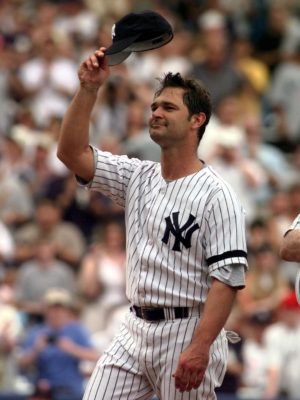
throws a no-no and it’s great for that guy. But when there are so many so early and strikeouts are at an all-time high, it tells you that there are some issues in the game that need to be addressed. Now we’re at a point where it’s getting so much attention because it’s just a game that sometimes is unwatchable. Guys you talk to, they don’t even like watching games because there’s nothing that goes on in them.”
Don Mattingly has a lot of company among those in the game, former players and legions of longtime fans who not only think baseball today – with its emphasis on the home run and resultant strikeout – is boring, but also difficult to watch. I was originally just going to present my take on what’s happening to hitting in the game and why, but in doing some research I realized the situation was even more complex than I at first thought and the solution may not be an easy one. At stake in this dilemma is baseball itself, a game that many think is now on the brink of being ruined.
Take a look at the 2021 season so far. As of last Sunday, the major league batting average was .237, tied for the lowest ever with 1968, the so-called year of the pitcher. But there are some major differences. That year only two pitchers – Luis
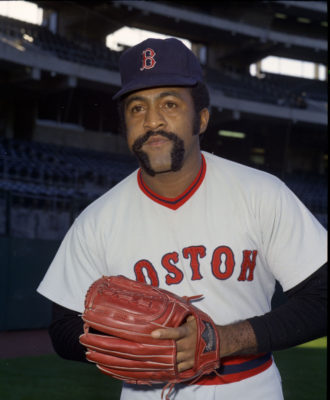
Tiant and Sudden Sam McDowell – averaged more than a strikeout an inning. This season, some 39 of 69 starters are fanning more than a batter an inning and 94 of the 143 relievers who have been in at least 15 games are also averaging more than a strikeout per inning. As of Sunday, the batters had collected 10,676 hits while striking out 12,229 times. In addition, there have already been six no-hitters thrown as well as a seven-inning no-no by Madison Bumgarner in a doubleheader game. Plus there have been 11 other games in which the starter threw between six and 7.1 innings of hitless ball. And it’s not yet the end of May.
In a recent game between the New York Yankees and Cleveland Indians, the stats after seven innings read six total hits and 24 total whiffs. And look at how many games this year teams have had just two, three or four hits, not to mention the number of hitters still under the dreaded Mendoza Line, hitting below .200. No wonder there is deep concern about the lack of hitting, lack of balls in play, and lack of action in so many games. One more example. When the Pirates beat the Yankees, 10-9, in Game 7 of the 1960 World Series there wasn’t a single strikeout. Yet in Game 1 of the Reds/Braves wild-card series just last year, the game went 13 innings and there were a total of 37 strikeouts. Whew! Now let’s examine the reasons why this is happening and what, if anything, can be done.
Many point to today’s hard throwers, both starters and relievers, with many heaters measuring between 95 and 100 miles per hour on the gun. Baseball people say the difference between a 90 mph fastball and one of 95 is like “night and day, while the difference between an 85 and a 100 mph fastball makes it a “completely different game.” Yankees manager Aaron Boone was watching a tape of a game from 20 years ago when a player hit a home run. His comment was, “That pitch doesn’t even exist today.”
The hard throwers are also working more at the top of the strike zone, a difficult pitch to hit even while it may look tempting. And, as was pointed out, the faster the four seamers means the faster the sliders and cutters. And one more thing. Apparently, many pitchers are thought to be breaking the rules by the repeated use of sticky substances on their fingers to get a better grip, something that can improve velocity, spin rate, and give breaking pitches even more of a break. It’s a violation that is apparently not being enforced. All this adds up to advantage pitchers.
But what about the hitters? Baseball has always been a game of adjustments and right now that doesn’t seem to be happening. For openers, hitters today don’t seem to care if they strike out multiple times as long as they hit home runs. And it’s apparent, through analytics and thinking this is what the fans want, that
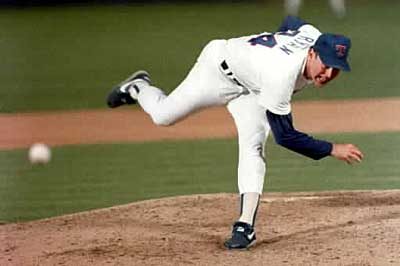
baseball has taught and encouraged players to continue this style of hitting, something Nolan Ryan, baseball’s all-time strikeout king says “has turned me off the game.”
Ryan continued by saying, “It used to be the ultimate embarrassment to walk back to the dugout and rack your own helmet. But it’s not like that today. When I got two strikes on a hitter, he didn’t want to strike out against me because at least he felt like he accomplished something.”
He’s right. Tony Gwynn, for example, had just one three-strikeout game in his entire career. The same went for Joe DiMaggio and Stan Musial, guys who also hit a lot of home runs. But just recently the stats indicated that players have struck
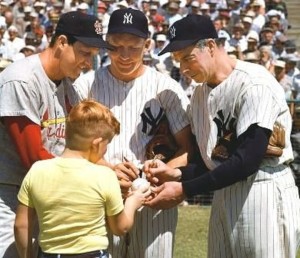
out four and even five times in a game 56 times this year. And, again, it’s only May. Yet in 1955 it happened just 12 times and no season before 1956 saw it happen more than 17 times. To strike out back then was an anathema.
But baseball today is putting an emphasis on something else. As Cubs manager David Ross said, “We are not trying to play baseball. We are trying to hit home runs.” Thanks to analytics, the players are more concerned with launch angle and exit velocity as opposed to a liner or grounder to an open area of the field. As one player put it, “The game has changed. There is no more shortening up and making contact. We are being told to drive the ball. We are using our “A” swing on every pitch.”
Others have noticed the same, troubling situation. Nolan Ryan said, “’I watch the hitters’ approach, and I see that they think it’s about them, not the team winning, and it drives me up a wall. They don’t change with the count. You don’t see them go the other way, they don’t put a ball in play. These are number eight hitters, the leadoff guys, the cleanup guys. Back when I played only the real power guys didn’t adjust when they had two strikes.”
Reggie Jackson took it right back to analytics. “The hitters have become so reliant on analytics that the numbers they look at are far more important than my
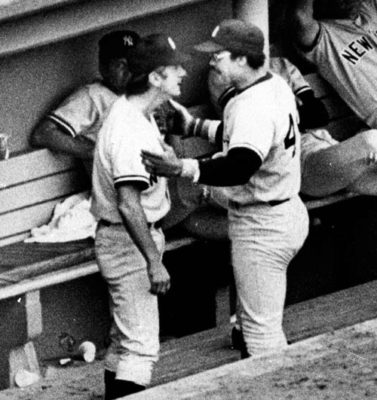
conversation with them about hitting. It becomes an argument and it’s disappointing. This is what baseball has come to. It is what we are focusing on in the minor leagues, in college ball, in high school . . . It’s a grab for homers.”
We’ve talked before about how the baseball lifer is disappearing. Nolan Ryan confirmed this when he said, “We have a lot of coaches in baseball who have never played the game. Major League coaches, until ten years ago, were almost all former big league players, Not anymore.”
Is there any hope for the game we have loved most of our lives? One thing is for certain. It can’t be improved with gimmicky rule changes and it won’t change overnight. Players today have been taught to take one kind of swing, the big swing. Very few shorten up and try to make contact, let alone place the ball. High-velocity pitching and big swings will produce its share of home runs But it also leads to more strikeouts, fewer hits, fewer balls in play, and often a dull game.
Too many people, both inside and outside of the game, see the problem but the lords of the game, bolstered by analytics departments, haven’t blinked. Some think even if the overall philosophy of hitting changes, it will take a full decade or more to incorporate the changes and teaching techniques at all levels of the game. And in the interim, I have a feeling that more rule changes will be upcoming and baseball will continue to look less and less like the game we have always loved.
Bill Gutman
As always, we enjoy reading your comments
Here’s a link to see the entire Blog Archives
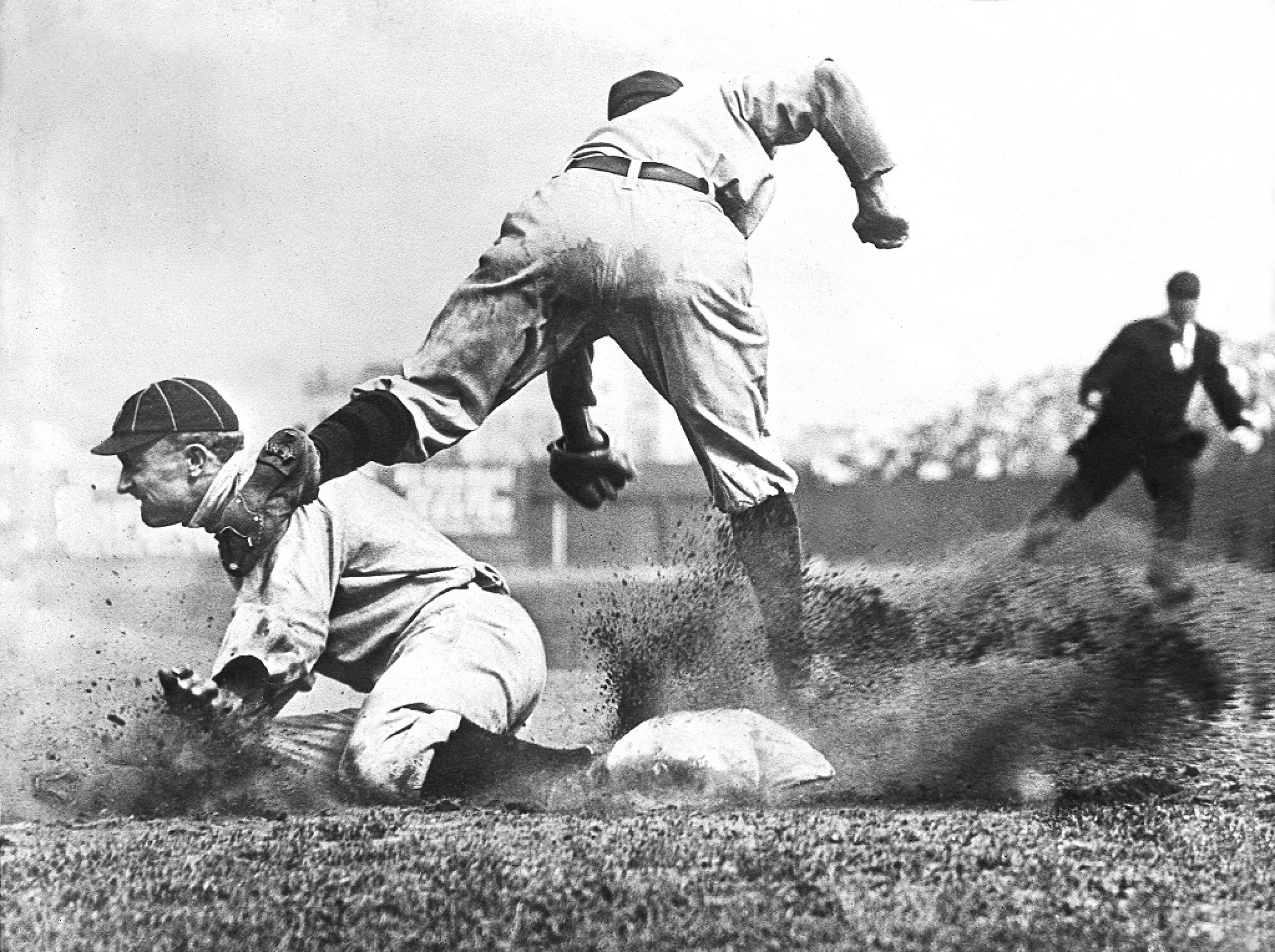
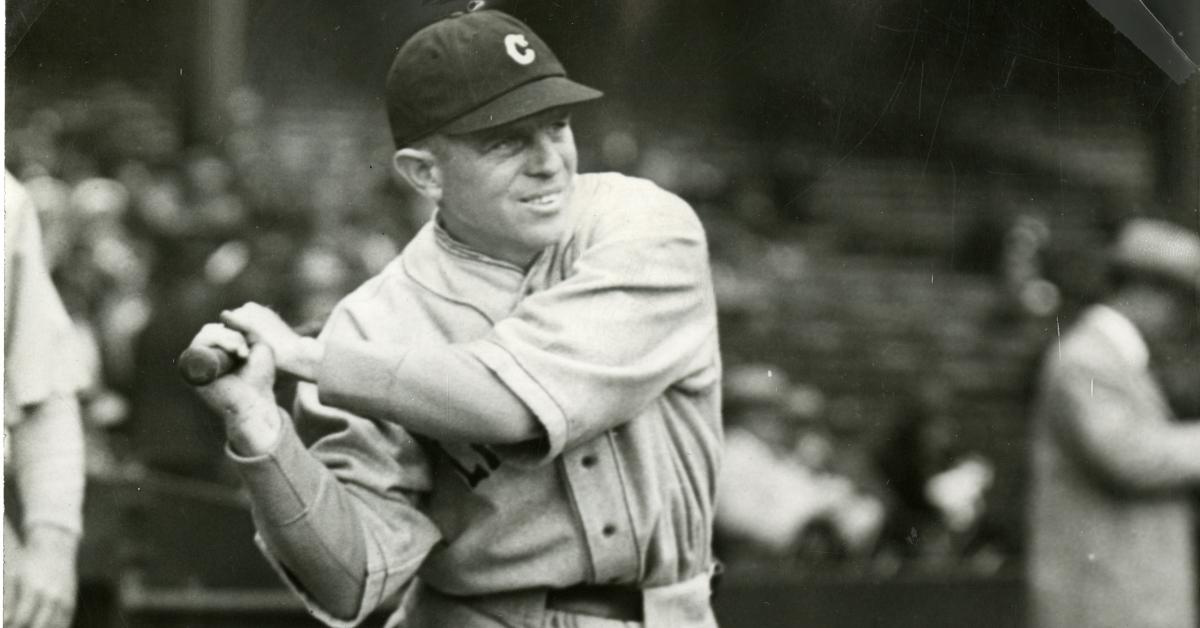
I used to enjoy the so-called pitchers dual type of game. They were usually crisp, fast paced and every base runner
created suspense.
Not today, as these type games create their own meteorological weather patterns from the disturbance of the air currents from so many bats missing balls.
Plus, pitchers rolling along still, invariably, are pulled in the sixth or seventh, with a parade of relievers striding in from the bullpen. I’ve seen 2-1 games run almost three and a half hours!
These used to be less than 2 1/2 hour affairs in the past. The extra “strategic “ hour will put you to sleep.
Couldn’t agree more, Paul. The Yankees/Indians game I referred to was typical. It was a pitcher’s dual, but after seven innings the ledger read six total hits and 24 K’s. Customers are paying good money to watch guys walk back to the dugout.
Baseball is a very copy-cat endeavor. I am waiting for the year that a lousy team, like my Rockies, says screw it, we are going back to playing baseball (small ball if you must), and they win the pennant. Be a lot of analysts unemployed the next year.
i agree jim, I’ve thought the same thing. Wouldn’t that be a breath of fresh air to rid the game of those a***oles who are ruining the game? And how about a manager saying: “When I give a starter the ball, I expect him to finish what he starts!”
Maybe that’s what it will take, Jim, for a team to say the hell with analytics, play the game the old-fashioned way, and WIN.
What the lords of Baseball have forgotten is that baseball is supposed to be entertaining! There are also very few characters in the game like Stengel, Martin, Weaver Piersall etc. Also the video appeal is boring..takes to long and has eliminated the rhubarb, which fans enjoyed.
Agree with you, Joe. They have taken much of the character and individuality out of the game. Players don’t even have the great nicknames anymore. Seeing Billy Martin, Lou Piniella and Earl Weaver come running out of the dugout to argue a call was fun. Of course, the calls were never overturned, but the rhubarb was a fun part of the game.
Funny how baseball kind of got over the crazy, steroid induced homerun numbers, but never really got away from the love of the long ball. I still like the small ball game, hit and run and an exciting triple now and then, but those days are likely gone forever. There is more than one way to skin a cat, or score a run, but the launch angle, advanced swing metrics boys have taken over.
The only thing one can hope for is one Ty Cobb once said, “The game runs in cycles”. Maybe the old style will someday return.
Let’s hope the old style returns, Dave, but with players now being programmed to hit home runs from high school on up, it will be a battle to get the old ways back. Sure, there have been great home run hitters ever since the Babe emerged in 1920, but the game was always a blend — small ball when you needed it, a multi-hit rally, the excitement of a double steal or squeeze play. Then when a home run was hit it was also exciting. But today it has led to a parade of players walking back to the dugout and waiting to take the big swings again next time up. It is destroying the beauty of the game and making it something entirely different. Now they’re trying to cure the problem with gilmmicky rules. Wouldn’t surprise me if the mound is moved back in the year or two with the result probably being more pitchers getting hurt.
As a friend of mine once said, “Youse all have merit!” I agree with every comment.
Great grist for the baseball mill once again, Mr. G.!
Watching the Mets is the dilemma in microcosm. The team’s minor league substitutes flail wildly at everything thrown. The poor things are hopelessly over matched. But even Francisco Lindor is trying to pull everything. He found he could hit homers a few years ago and got into bad habits.
His green hair is a reminder that Mets fans are stuck with a 341 million dollar lemon.
Two atrocious fielding plays the past week cost the team–and get a load of these numbers:.189 BA, OPS+ 63, three homers and nine RBI. And he grins all the way to the bank!
Ralph Kiner always said, look for a specific pitch in a certain zone up to two strikes. Don’t swing if it’s not there. At two strikes be ready for anything and don’t over-swing. You might be ahead 2-0 in the count, on your way to a walk, with at least two more chances to get your pitch. Very simple. But how many do it? My batting coach would drill it into every hitter!
That’s a great point about the difference in velocity making for such a profound hitting disadvantage. The batter has to live with this. So, take shorter more compact swings. A few less home runs but more runs batted in.
Johnny Mize had a controlled level swing. In 1947, he hit 51 homers with 138 RBI. In 2019, Pete Alonso belted 53, with 120 RBI and four times as many strikeouts. Had Pete followed the above approaches, he could have cut his whiffs by at least 50, a few less homers, but with 15 or more ribbies.
All very true, Bill. Mets are a mess, for sure. Injuries killing them, but there are more injuries all over the league. Can’t remember guys pulling hamstrings simply running to first years ago. Really surprised at Lindor. Didn’t he hit about six home runs in the spring and have a hot bat? Could it be New York-itis, or just an old fashioned slump. He’s too good a ballplayer for this. A lot of the old players, including the sluggers, had a philosophy similar to Kiner’s. And they all adjusted with two strikes. Johnny Mize is a perfect example. He rarely struck out, as did DiMaggio. Didn’t have room in the essay, but found a Joe Maddon in which he said, “The breaking ball has changed everything. The fastball used to be the primary pitch, but our hitters have learned to time it up no matter how hard it is thrown — and they hit it. But everyone is talking about the breaking ball now.” And Ryan Zimmerman of the Nationals said, “The secondary stuff is so ridiculous, and they can throw it at any time; that’s what makes it so hard to hit.” So everyone has a theory, but taking that long, uppercut swing on every pitch won’t get it done. I remember Gary Sheffield saying the same thing years ago. Good hitters can time any fastball, but it’s the breaking pitches that give you trouble. I’m afraid this is going to get worse before it gets better. It rally may destroy the game.
Bill
Right, Bill. Lindor had a hot spring-may be trying too hard to live up to his contract.
And growing up, a friend and brilliant Yankee fan, said his dad, a professional pitcher (who was once clocked for a tape measure homer by Lou Gehrig) was told by a Yankee scout, “The major league hitter will club anything straight no matter how fast.” So, the fast ball must move. And now the secondary pitches are much faster than 50-75 years ago.
As a manager, I huddle with my batting coach:
(1) All batters follow Kiner’s select hitting process.
(2) No launch angle uppercut swings. Square it up, barrel it up, make level contact.
(3) Hit where the ball is pitched.
(4) When you see the infielders load up on one side, bunt or butcher boy to the spaces on the other side as much as possible. Exception: If you get your anticipated zoned pitch in your wheelhouse, than go for the marbles with a level swing. But you better deliver most of the time!
(5) When you’re up in a big spot and the pitcher falls behind, let him dig a hole. Make him come to you. Overcome the hero impulse.
Now, can you get me a team to manage?